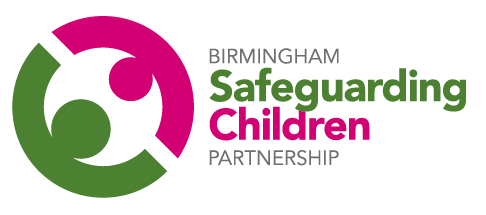Unseen and Unheard: Exploring the issue of ‘Children Out of Sight’

Since the pandemic, the number of cases of children who are ‘out of sight’ has become a major safeguarding concern. The report, ‘Out of Sight, Out of Mind’, published by the Centre for Social Justice in 2022, showed that at the beginning of the 2021/22 academic year a record high of at least 81,000 children were being home-educated – 34% higher than pre-pandemic levels. As part of our Business Improvement Plan priorities, BSCP committed to developing a joint approach to understanding and responding to children who are, and who become, invisible to services. The ‘Children Out of Sight’ (COoS) group was created, reporting to the Quality, Impact and Outcomes (QIO) Sub-Group.
The group’s initial priority was to identify where children may be lost from sight and the reasons why children become out of sight to universal services. As a part of the QIO Sub-Group, the COoS group is also using audit cases to identify learning opportunities and are working to ensure the lived experience of children and families is being considered when children are removed from universal services such as education. Furthermore, the group are using and developing performance data to identify key priorities.
Examining areas or stages in which children may become out of sight has enabled the group to identify numerous potential opportunities for this across education, health, the police and border force.
- EHCP/SEND
- Exclusions
- Part-time timetables
- Elective Home Education
- Poor attendance
- No school place
- Newly arrived, new to area
- Insecure immigration status
- Private fostering arrangements
- Unregulated provision
- Temporary Accommodation
- Families living ‘off-grid’
- No take up of EEE
- Risk of serious youth violence
- At risk of exploitation
- Abroad and out of contact
- Transient groups
- Never been known to services e.g., not registered with a GP, not brought to appointments
Children might be out of sight of services for various reasons. These include differences in ideological or philosophical views regarding education, religious or cultural beliefs impacting schooling choices, dissatisfaction with the conventional school system, disputes with the school administration, or instances of bullying at school affecting the child’s attendance. Health-related issues, school phobia, special educational needs, awaiting a school place, familial circumstances, and concerns related to exploitation also contribute to children being away from services. These diverse factors can significantly influence a child’s access to and engagement with educational and support systems.
Further work completed by COoS has included a facilitated workshop, involving all members of the COoS T&F group, which focused on joint responses during the pandemic. They have also encouraged and promoted the use of systems we know are effective in helping to spot children out of sight including the local authority education team. Additionally, at the BSCP Safeguarding Leaders’ Assembly, a way forward was agreed upon, namely the implementation of a panel to work through any concerns regarding how we work together to ensure that children are not out of sight.
It is vital that as practitioners we are mindful of the implications that can occur when children become ‘out of sight’ to services, and how we can hold them at the centre of our practice when parents/carers might be avoidant of any intervention.
